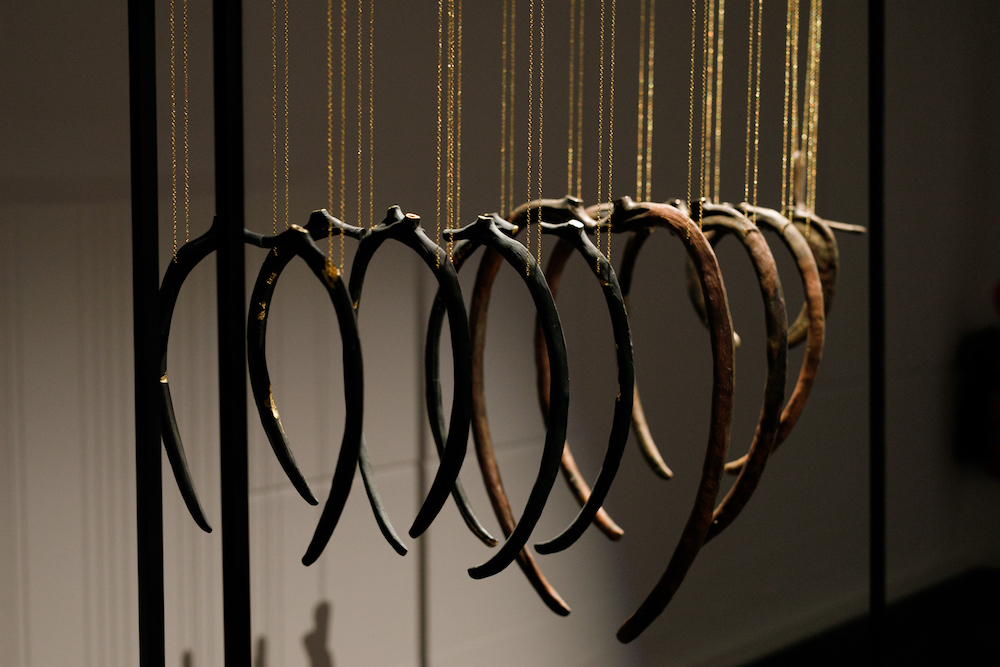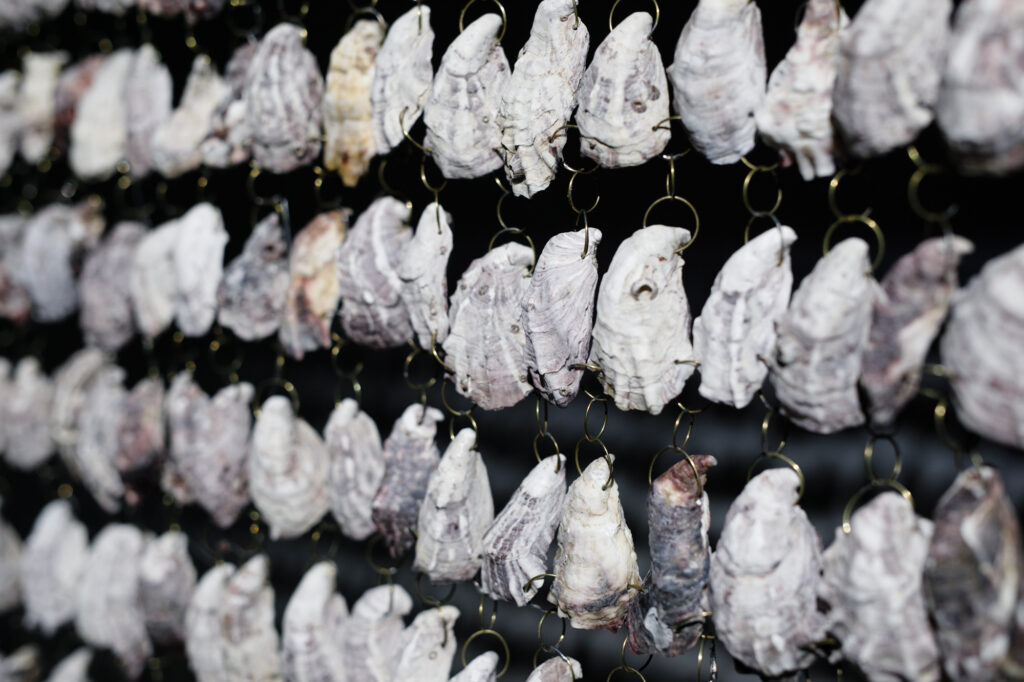In ‘Alluvial Gold’, artist Erin Coates plunges us into the little known
depths of one of Perth’s best-known landmarks, writes Belinda Hermawan.
An aquatic adventure
8 December 2020
- Reading time • 7 minutesPerth Festival
More like this
- This Angel soars, even on one wing
- Power of language written on the walls
- Oh! What an extraordinary experience
“Alluvial Gold”, Erin Coates with Stuart James and Louise Devenish ·
Goolugatup Heathcote, 5 December 2020 ·
Diving deep into the Derbarl Yerrigan/Swan River, “Alluvial Gold” offers audiences an insight into the lesser known history of our local waterways. Presented at Goolagatup Heathcote Gallery by local artist Erin Coates with composer Stuart James and percussionist Louise Devenish, the sculptures, drawings and short film that make up this compelling exhibition focus on the transference of matter in and out of the river and the changing ecology that results from this human interference.
The exhibition is a result of Coates’ participation in Goologatup Heathcote’s Tilt program, an initiative that invites local artists to respond to respond to the Goolugatup area and its history by creating a new body of work. Coates chose to research the history of the river at the precinct’s site, particularly the period between the 1927 and 1956 where over three million tonnes of oyster shells were dredged.

We Built This City (on ground up oyster shells) is a direct response to the way in which those oysters were ripped from the Derbarl Yerrigan, ground up and used in mortar for buildings. To see the oyster shells uniformly strung up together like chainmail is to understand perversity of the transformation. The shadows cast on the wall are eerie, row after row of vertical, inorganic stillness. It is a powerful juxtaposition with the accompanying soundscape by composer Stuart James, which bubbles and undulates to create the effect of being underwater.
Interestingly, when I moved around the structure, the audio seemed to respond to my presence. A gallery attendant later advised there are sensors installed for this very effect, which echoes the effects of human presence on an ecosystem, no matter how subtle. The question of how we go from appreciating to destroying is a thought I also kept in mind when viewing the five oyster sculptures made of porcelain just metres away – there is organic beauty and natural lustre here, but must we farm it?
Another impact Coates explores is the accumulation of heavy metals in the bones of estuarine dolphins. In the sculpture Metallic Water, porcelain ribs are hung up by gold chains and furnished with gold leaf. The structure evokes a fossil skeleton in a museum or fine jewellery on display. Yet ribs come from something that was living and breathing, and one only has to look downward at the foot of the sculpture to see the shadows cast on the floor: a carcass stripped bare.
A larger, singular bone is made of cast bronze and highlighted with blue in the sculpture Bioaccumulation, its texture and iridescence so striking, you almost forget this isn’t the bone’s natural colour.
Coates’ graphite drawings similarly depict inorganic growth on bones, cell structures replicating where they shouldn’t. I was particularly impressed by Heavy Metal C1 Vertebrae, Heavy Metal Vertebrae and Heavy Metal Petrosal (Inner Ear), all from the series “Swan River Dolphin Bones”. Installed side by side on the same wall, these three are rendered with such precision that I felt as though I could reach out and pull a three-dimensional bone fragment out of the frame.

The artist’s research was bolstered by consultations with marine biologists and her own free dives into the river. The short film Alluvium dives under the surface, presenting us with captivating images of lifeforms on the riverbed. At times, it’s not clear if what we’re looking at is focused on flora or fauna, which adds to the sense of discovery as we journey through this oft-forgotten ecosystem.
Other times it is clear enough: seahorse, oyster, seaweed, a buoy covered in growth, a rope. The film’s score – composed by Stuart James and performed by percussionist Louise Devenish – is a triumph, conjuring both wonder and awe, mystery and dread. The green gold in the underwater footage is alien, yet the Derbarl Yerrigan is the most familiar natural landmark to all of us resident in the city.
Key to the exhibition’s success is Coates’s incredible ability to conjure depth and layers of complexity in her artworks. This exhibition’s use of materials, shadow and sound makes for a message with a heartbeat you can feel, see and hear. I recommend experiencing it for yourself.
“Alluvial Gold” shows until 14 February 2021 at Goolugatup Heathcote as part of Perth Festival 2021.
Pictured top is ‘We Built This City (on ground up oyster shells)’, 20202, oyster shells, brass, lead, steel, interactive, audio component, 270 x 290 x 4 cm. Composer: Stuart James. Structure fabrication: Neil Aldum. Studio assistants: Tanya Lee, Kate Driver, Jennifer Jamieson, Jessica Wyld, Annabel Dixon. A detail from the work is below. Photo Daniel Grant

Like what you're reading? Support Seesaw.






